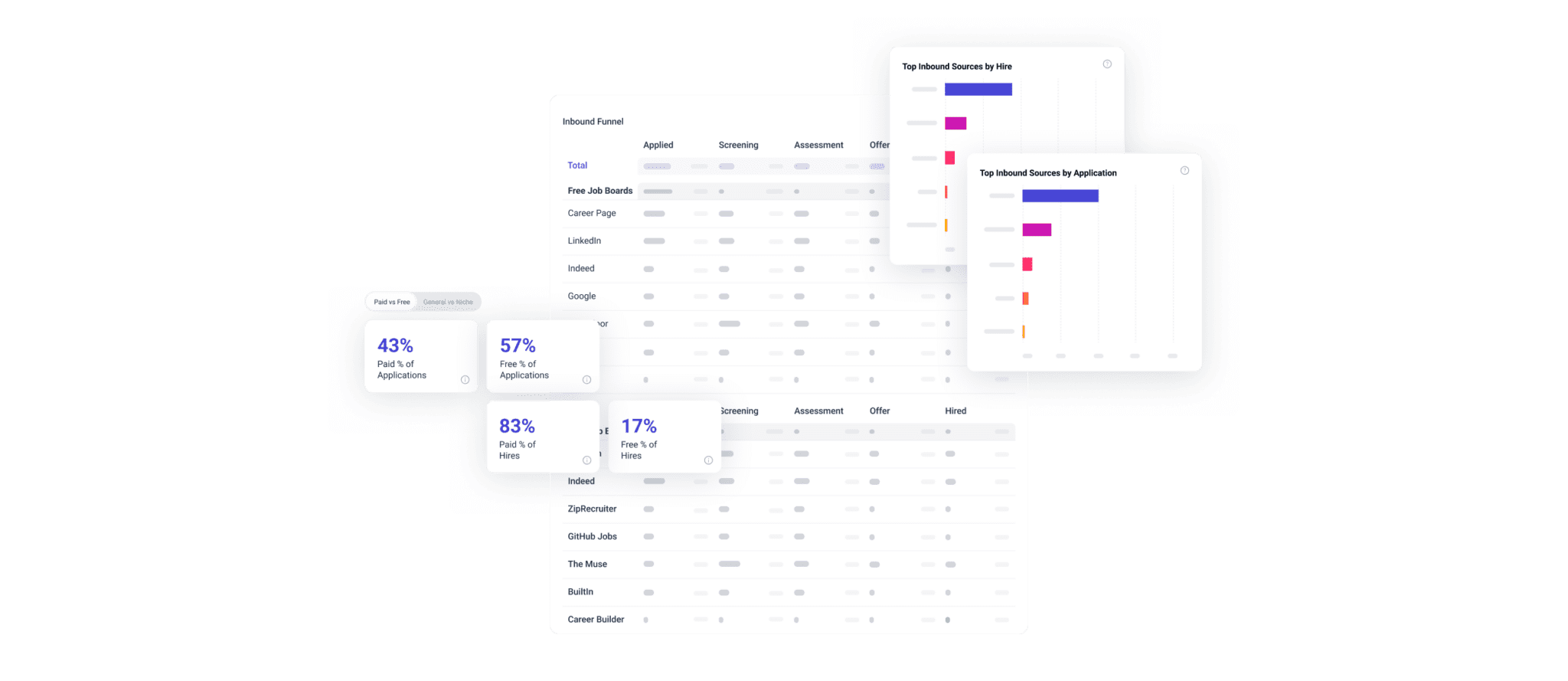The Rooney Rule attempts (imperfectly) to address a lack of diversity in leadership. While it’s had mixed results in the National Football League (NFL), hiring teams are still turning to it. And there’s nothing wrong with that, if you know how to use it effectively. Here are eight Rooney Rule tips for hiring teams looking to implement the rule (or something similar).
Yes and no. The Rooney Rule is not perfect. For one thing, a single minority candidate in a finalist pool isn’t enough. For another, the rule is more about manufacturing diversity than organically attracting diverse candidate pools. And for another, it hasn’t always worked. (The NFL peaked with eight ethnic minority head coaches out of 32 in 2011 but has backslid since.) However, the rule has done a good job of raising awareness about the lack of diversity in leadership. Not just in the NFL, but in business as well.
These days, lots of hiring teams have added the Rooney Rule (or similar rules) to their diversity, equity, and inclusion efforts to make hiring more equitable. Meanwhile, the NFL has tweaked the rule a couple of times over the years. And it continues to evolve.
Tip 1: Aim for diversity at the top of your talent funnel
The more qualified, diverse candidates you have at the top of your talent funnel, the more diverse, qualified final candidate pools you’ll have at the bottom.
This is a crucial point for hiring teams using the Rooney Rule because that’s not how the Rooney Rule works. Rather than focusing on the top of the funnel, the Rooney Rule focuses on the bottom. It attempts to wedge minority candidates in at the end instead of attracting large, diverse candidate pools at the start.
Cast as wide a net as possible at the top of your talent funnel, even before you get to the Rooney Rule.
Tip 2: Apply the Rooney Rule to all roles, not just leadership
Company leaders don’t just appear fully formed and ready to lead companies. They work their way up the ladder. But how do minority candidates work their way up the ladder if they run into obstacles on every rung?
One thing that comes up when assessing the Rooney Rule’s success (or failure) is the coaching track. To become a head coach in the NFL, candidates have to work their way up a long ladder of coaching positions. But how many ethnic minority candidates can reach the head coaching level if they’re held back at lower levels? Furthermore, how many ethnic minorities will even enter the coaching field when so few reach the top rung?
Apply the Rooney Rule to all roles.
Tip 3: Go beyond gender and race diversity
It’s not just gender and race where company boardrooms are coming up short. There’s also a dearth of historically underrepresented groups in company leadership.
Ableism, ageism, sexism, nationalism, racism, religionism, and elitism are all biases to look out for in recruiting. It’s a great start to think about sexism and racism, but it’s really just the tip of a very large iceberg (e.g., is including years of experience ageism?). When developing your Rooney Rule-style approach, think of all the historically underrepresented groups, not just ethnic minorities or women.
Think beyond gender and race diversity in your recruiting efforts.
Tip 4: Understand where your diverse candidates are coming from
Your hiring team may rely on sourcing to find diverse candidates, which is a hard habit to break. But rather than chasing after them, it’s better to understand where diverse candidates come from and focus efforts there.
It’s akin to finding remote workers on remote job boards like FlexJobs and We Work Remotely. If you know that certain sourcing platforms, online job boards, or job markets send you great candidates from diverse backgrounds, focus on those.
Know where your diverse candidates look for work.
Tip 5: Decide how you’re going to measure results right at the start
It’s counterproductive to implement recruiting processes but not establish how you’re going to measure their success. How do you know which processes to keep and which to throw out?
Before you implement new efforts, figure out which metrics you want to track (i.e., the metrics that give you a bird’s eye view of your talent funnel and any issues in the steps). Then figure out how you’re going to track them (i.e., which recruiting analytics software you’re going to use).
Know how you’re going to measure success before you implement new processes.
Tip 6: Create diverse interview panels when appropriate
It’s one thing to say your company supports historically underrepresented groups, but it’s another thing to show it. Also, it helps to have diverse viewpoints on interview panels to encourage debate over candidates.
Job seekers from historically underrepresented groups want to feel that they’ll be comfortable at your company. Seeing faces from these groups, especially in positions of power, can go a long way towards doing that. Conversely, seeing few or none can do the opposite. Just make sure that everyone on your panels is qualified to be there, not just cherry-picked for appearances, which is just tokenism.
Pick a diverse panel for interviews when appropriate.
Tip 7: Align your diversity goals with rewards and compensation
Lots of companies use referral bonuses to recruit candidates. And while that may be effective to some degree, it means you’re only tapping into networks of people you already know.
It’s true that organic candidate pools can be tedious to sift through. But, by nature, they’re also the most broadly representative. If diversity is a priority, casting a wide net for organic candidates is more effective than offering referral bonuses.
Align diversity goals with recruiter rewards and compensation.
Tip 8: Don’t interview (and reject) the same candidates over and over
Imagine repeatedly interviewing for a company but never getting an offer. It’s easy to see how demoralizing that could be, even to do it twice. (Given that they’ve already interviewed with you once, a candidate could be forgiven for thinking they have a better-than-average shot a second time around. Which could make rejection worse.)
It can be advantageous to develop a talent funnel of known candidates or potential candidates. But it’s important to treat the candidates in that talent funnel gently.
Don’t interview and reject candidates repeatedly.
Rooney Rule Tips for hiring teams
The Rooney Rule has its weak points, but there’s no question it can raise awareness about underrepresented groups in the workforce. It can also lead to diversity hiring, not only at the top of the ladder but on the rungs underneath as well.
If your hiring team wants to use the Rooney Rule or a similar mechanism for increasing diversity, more power to them. They just need to keep a few things in mind. And they need to remember that wedging candidates in at the end will never replace attracting a large, diverse candidate pool at the beginning. Hopefully these eight Rooney Rule tips will help.







